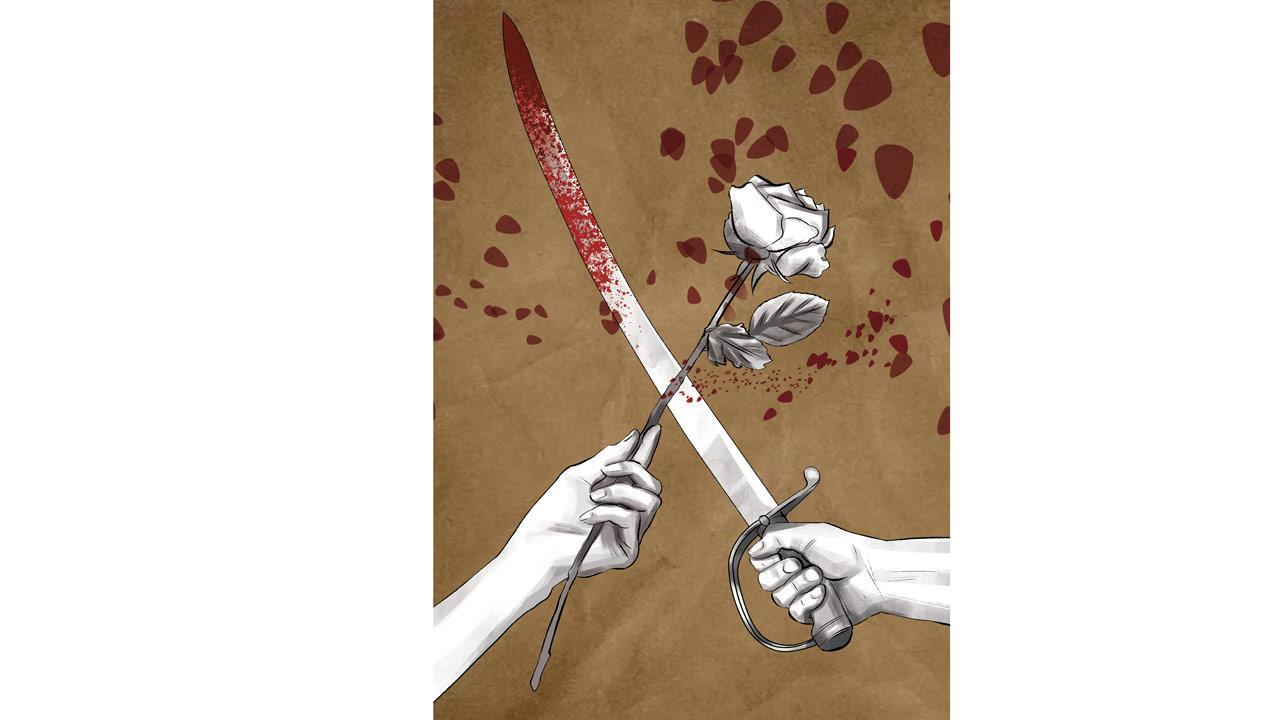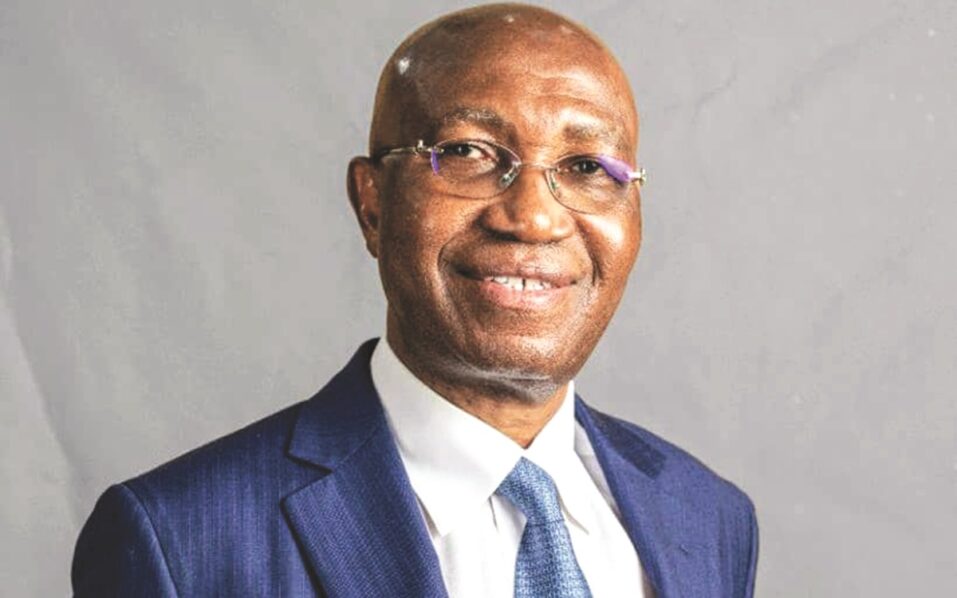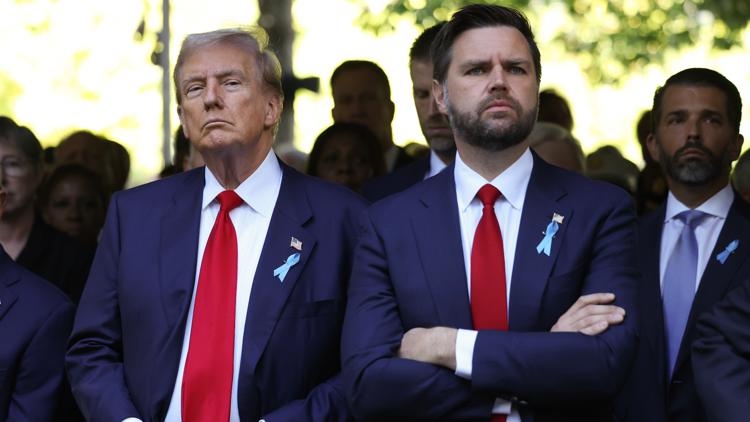
I am revisiting Revati Laul’s powerful, courageous and seminal, non-fiction book, The , which explores, among other things, the lives of three characters, who directly or indirectly participated in the Gujarat riots of 2002, and whose lives were forever altered by it. Laul, journalist (NDTV, Tehelka) and activist, examines the underlying factors that stoked the convulsion, as well as the legacy of that hate, that haunts us years later. Rather than seeing the marauding mob as a faceless machine, doing the bidding of its political masters, she looks three characters in the eye, whose actions during the riots, and lives before and after the massacre, offer diverse insights.
It is a personal account of the perpetrators, their lives, hopes, dreams, and future. The book (crowd-funded; and published by Contxt/ Westland Books, '450, 2018) took 14 years to research and write, of which three years were spent in Gujarat. While the book’s focus is the horrific of 2002, and the many shuddering ways it impacted people, we repeatedly see that violence is a fire that burns both the victim, as well as the perpetrator, in different ways.
The characters she chooses to follow, of diverse backgrounds—give us insight into the circumstances of birth, upbringing and environment, that invariably stoked the convulsion of violence that remains a landmark in contemporary Indian history. After the spewing of hate, Laul writes, comes the fear—fear of getting caught and punished; living with the uncertainty if their political masters will protect them or not. And, as Laul observes, they see that the justice delivered is selective; available for some and not for others.
The immediate provocation for the riots was the burning of coach S6 of the Sabarmati Express—carrying mainly Hindus returning from Uttar Pradesh, where they had participated in a religious campaign—leaving 59 dead. Whereas the Gujarat riots of 2002 left over 1,000 people dead, the majority Muslims. The three characters make for a fascinating study, and are full of troubling contradictions.
These are Suresh Jadeja, or Suresh Langdo (the lame), a Hindu who belongs to a “criminal tribe”, who married a Muslim woman, Farzana Bano, in revenge, because his sister eloped with a . On 28 February 2002, part of a bloodthirsty mob in the Naroda Patiya area of Ahmedabad, he killed quite a few people, raped women and helped tear out the foetus from the belly of a pregnant woman, then raped and killed her. “Naseemo.
.. that juicy, plump one.
.. I got on top.
...
I pulped her...
made her into a pickle,” he later bragged to a journalist, unaware it was a sting operation. Convicted for his crimes in 2012, he is now serving a 31-year jail sentence. Dungar is a Bhil tribal and member of the (VHP); he and his friend systematically poured kerosene on the homes of Muslim families in the area and burnt them.
He actively supported the VHP’s work, yet also worked for an NGO that encouraged him to claim his true tribal identity for many government benefits, than be absorbed into the Hindu fold, leading to a very complicated life. The third and most appealing character is Pranav, an MA student, who had gone as a voyeur with his friends on looting sprees, when the shops and homes of Muslims had been destroyed, and had a change of heart when working with an NGO rehabilitating the victims of the riots, mostly Muslims. It is moving how he grapples with accepting who he was—complicit in a crime—and re-examining the violent stereotypes of minorities he’s been fed all along.
Later he gets married and has a son, and when the son is asked to bring laddoos to school to celebrate a Hindu festival, and asks his dad why they don’t celebrate Eid at school as well, Pranav feels a triumph in the question. At the NGO, he does exercises asking people what makes them proud—is it our identities eg religion, caste (eg Hindu, Dalit, tribal) that are determined by birth, and over which we have no control, or is it achievements shaped by our own actions? Laul’s work on violence invariably changed her too: she subsequently created the Sarfaroshi Foundation and moved to Shamli, Uttar Pradesh, and is a grassroots activist. What we will never forget is the wrenching revelation: “Ujaaley mein khada insaan dekh nahin sakta; jo andhere mein khada hai, usko dikh jaata hai sab.
” (Brightness is blinding. It’s when you’re standing in the dark that you really begin to see.”)—said by Farida Bano Abdul Qadir Khalifa, witness and survivor of the Naroda Patiya massacre in Ahmedabad, Gujarat 2002, on being questioned in court about her ability to identify members of the mob in the night.
.














